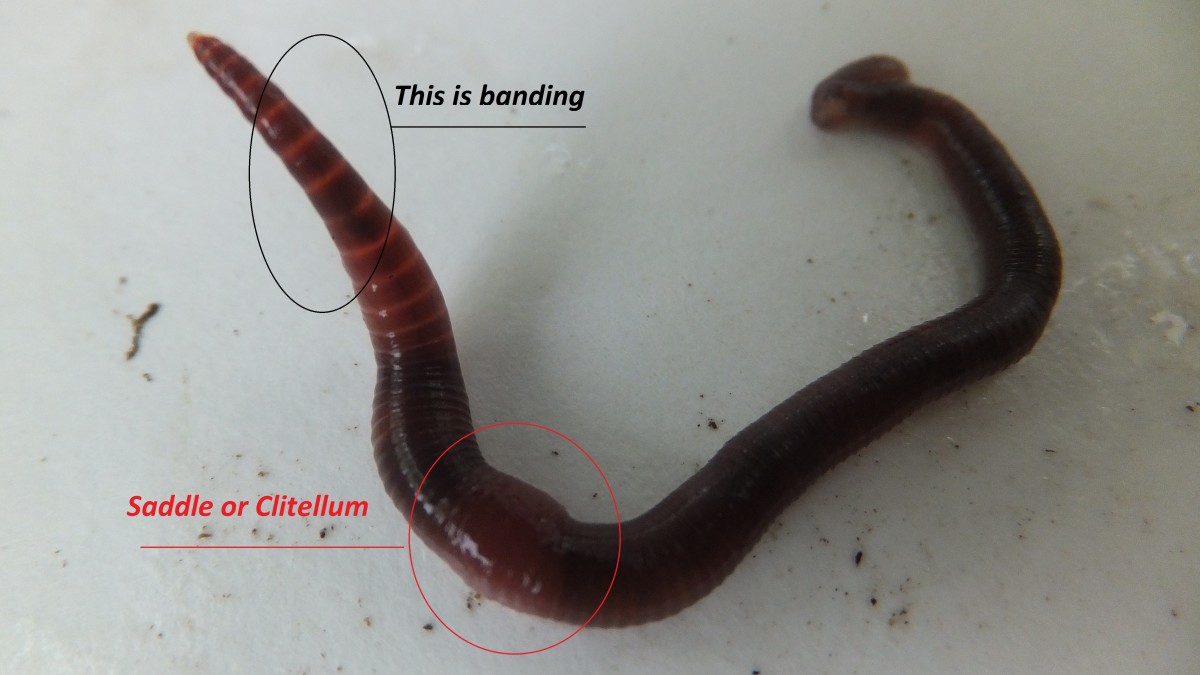The Secret to Lush Lawns Starts with Red Wiggler Express Yard Care Solutions
Wiki Article
Red Wigglers: The Unsung Heroes of Organic Waste Recycling
Red wigglers, or Eisenia fetida, serve as crucial representatives in the organic waste recycling procedure, changing discarded materials into valuable vermicompost. As the world progressively seeks remedies to battle waste accumulation and enhance agricultural performance, comprehending the role of these worms ends up being crucial.What Are Red Wigglers?
The remarkable strength of red wigglers, scientifically recognized as Eisenia fetida, underscores their critical role in natural waste recycling. These tiny, reddish-brown earthworms are typically discovered in breaking down organic issue, such as compost heap and manure lots. Lake Hickory Bait. Unlike various other earthworm varieties, red wigglers flourish in nutrient-rich settings and are extremely reliable at breaking down organic products, making them important for vermicomposting
(Red Wiggler Express)Along with their duty in waste reduction, red wigglers add to soil wellness by improving soil structure and oygenation via their burrowing activities (Lake Hickory Bait). Their visibility in composting systems not just enhances decay prices but also promotes a sustainable strategy to squander administration, showing their relevance in ecological preservation efforts
Advantages of Composting With Worms
Composting with worms, specifically red wigglers, supplies countless benefits that enhance both waste management and soil health and wellness. First, these worms successfully break down organic waste, converting it right into nutrient-rich vermicompost that improves soil. This process accelerates decomposition, allowing for a quicker recycling of kitchen area scraps and various other organic materials compared to traditional composting techniques.Additionally, the vermicompost produced by red wigglers is including valuable microorganisms, which help improve dirt framework, aeration, and wetness retention. This boosts the general wellness of plants, advertising energetic development and raised returns in gardens and agricultural setups. Additionally, making use of worms in composting reduces the production of greenhouse gases, such as methane, adding to a much more lasting waste monitoring system.

How to Begin Vermicomposting
Developing a vermicomposting system is a simple process that can generate substantial benefits for both waste administration and dirt enrichment. To start, pick a suitable container, such as a plastic bin or wood box, with sufficient air flow openings to make certain correct airflow. The dimensions must preferably be about 2 feet by 3 feet, permitting ample area for the worms to grow.Following, prepare bed linens product, which can contain shredded newspaper, cardboard, or coconut coir. This bedding should be dampened to create an ideal habitat for the worms. Once the bedding remains in place, introduce red wigglers (Eisenia fetida) right into the container, usually around one extra pound of worms for every square foot of surface area.
Adhering to the placement of worms, add natural waste, such as fruit and vegetable scraps, coffee grounds, and smashed eggshells. With these steps, you will efficiently initiate a vermicomposting system that adds to lasting waste administration and enriches your dirt.
Maintaining a Healthy And Balanced Worm Container
(Red Wiggler Express)Maintaining a worm bin prospering requires normal attention and treatment to ensure the health and wellness of the red wigglers and the performance of the composting process. Correct maintenance begins with monitoring the wetness levels; the bin must be moist however not saturated. A great general rule is to preserve an uniformity similar to a wrung-out sponge.Aeration is vital. Delicately blending the bed linen and food scraps every few weeks protects against compaction and makes sure that all worms have accessibility to oxygen. Furthermore, it is necessary to feed the worms properly. A balanced diet of vegetables and fruit scraps, coffee premises, and smashed eggshells ought to be provided in moderation to prevent overfeeding, which can lead to smells and insects.
If the container ends up being as well hot or chilly, the worms might come to be stressed. By vigilantly handling these elements, one can keep a durable and productive worm container.
Influence On Sustainable Living
The successful upkeep of a worm bin not only benefits the health of red wigglers yet likewise contributes dramatically to lasting living methods. By recycling organic waste, such as cooking area scraps and yard particles, red wigglers assist divert substantial quantities of material from land fills. This decrease in waste not only decreases greenhouse gas exhausts yet additionally lessens the environmental problem connected with waste management.In addition, the castings created by red wigglers function as a nutrient-rich organic plant food, enhancing dirt health and wellness and promoting plant development. This natural choice to chemical plant foods sustains lasting agriculture and horticulture my link methods, decreasing dependence on artificial inputs that can damage ecological communities. Furthermore, worm composting fosters understanding of waste management, urging individuals and areas to embrace even more sustainable behaviors.

Verdict
In recap, red wigglers function as crucial contributors to organic waste recycling through their efficient decay of natural products. Their capability to produce nutrient-rich vermicompost boosts soil health and sustains sustainable farming techniques. By incorporating vermicomposting right into waste monitoring methods, people and areas can considerably decrease waste while promoting environmental sustainability. The role of Eisenia fetida in cultivating healthy environments highlights the value of these organisms in accomplishing sustainable living and enhancing soil fertility.Report this wiki page